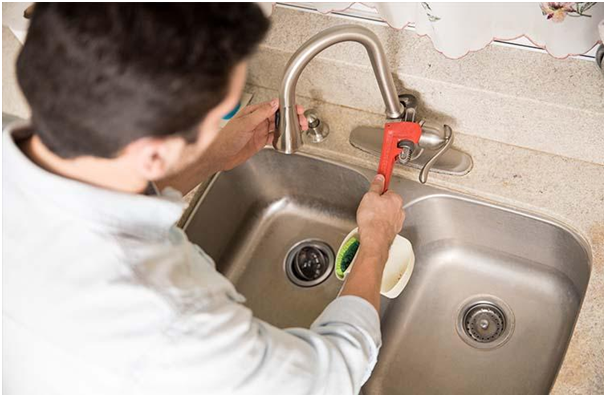Emails are an essential aspect of any business’s marketing strategy. It helps companies to stay connected with their customers and prospects, build relationships, and increase sales. However, managing email marketing can take time and effort, especially if you have an extensive subscriber list. That’s where email automation comes into play. With email automation, you can automate your email sequence and workflows, saving time and streamlining your marketing efforts.
This blog will discuss automating email sequences through a workflow sequence.
Step 1: Define Your Goals and Objectives
Before creating an email automation workflow, you must define your goals and objectives. What do you want to achieve with your email sequence? Do you want to increase sales, drive more traffic to your website, or build awareness? Once you clearly understand your goals, you can create an email sequence that aligns with your objectives.
Step 2: Identify Your Target Audience
Further, identify your target audience. To whom do you want to send your email sequence? Are they existing customers, new prospects, or a combination of both? Understanding your target audience will help you create a personalized email sequence that resonates with them.
Step 3: Map Out Your Email Sequence
Once you have defined your goals and target audience, it’s time to map out your email sequence. Start by creating a list of all the emails you want to include in your sequence. Then, organize them logically in a way that makes sense for your audience. For example, suppose you’re creating an email sequence to onboard new customers. In that case, your first email might be a welcome message, followed by an introduction to your product or service, and then a series of emails that provide tips and advice on how to get the most out of your product or service.
Step 4: Choose an Email Marketing Automation Tool
You’ll need an email marketing automation tool to automate your email sequence. Many tools are available, including Mailchimp, Active Campaign, and HubSpot. Choose a tool that aligns with your needs and budget.
Step 5: Create Your Workflow
Once you have chosen your email marketing automation tool, it’s time to create your workflow. A workflow is a series of triggers and actions that automate your email sequence. For example, you might set up a trigger that sends a welcome email when someone signs up for your newsletter. Then, set up an action that sends a follow-up email a week later. Your workflow can include as many triggers and activities as you need to achieve your goals.
Step 6: Test and Refine Your Workflow
Once you have created your workflow, testing it to ensure it works correctly is essential. Send a test email to yourself and check that it arrives in your inbox as expected. Make sure that all the links and images in your emails work correctly. Launch your workflow and monitor its performance once you’re happy with it. Analyze the open, click-through, and conversion rates to see how well your email sequence performs. Use this data to refine your workflow and make improvements.
Let’s Understand It with an Example
Let’s say you run an online store that sells handmade candles. You want to create an email sequence to welcome new subscribers and encourage them to purchase. Here’s how you might automate your email sequence through a workflow sequence:
Step 1: Define Your Goals and Objectives
Your goal is to increase sales and build brand awareness.
Step 2: Identify Your Target Audience
Your target audience is anyone interested in handmade candles, including new subscribers to your email list.
Step 3: Map Out Your Email Sequence
Your email sequence might include the following emails:
Welcome email: Thank new subscribers for joining your email list and provide a brief introduction to your company and products.
Product showcase email: Introduce new subscribers to your top-selling candles and highlight their features and benefits.
Exclusive discount email: Offer new subscribers an exclusive discount on their first purchase.
Follow-up email: Follow up with subscribers who still need to purchase and provide additional information or incentives to encourage them to buy.
Step 4: Choose an Email Marketing Automation Tool
You might choose Mailchimp as your email marketing automation tool.
Step 5: Create Your Workflow
Using email automation in the CRM tool, you can create a workflow that includes the following triggers and actions:
Trigger: When someone subscribes to your email list, send a welcome email.
Action: Wait two days, then send a product showcase email.
Action: Wait three days, then send an exclusive discount email.
Action: Wait seven days, then send a follow-up email to subscribers who still need to purchase.
Step 6: Test and Refine Your Workflow
Send a test email to yourself and ensure all the links and images work correctly. Next, launch your workflow and monitor its performance. Analyze the open, click-through, and conversion rates to see how well your email sequence performs. Make changes as needed to improve the performance of your workflow.
By automating your email sequence through a workflow sequence, you can save time and increase the effectiveness of your email marketing efforts.
Conclusion
Email automation within CRM is a powerful feature that can help you streamline your email marketing efforts and achieve your goals. By defining your objectives, identifying your target audience, mapping out your email sequence, choosing the right email marketing automation tool, creating your workflow, and testing and refining it, you can create a successful email automation strategy that drives results for your business.





